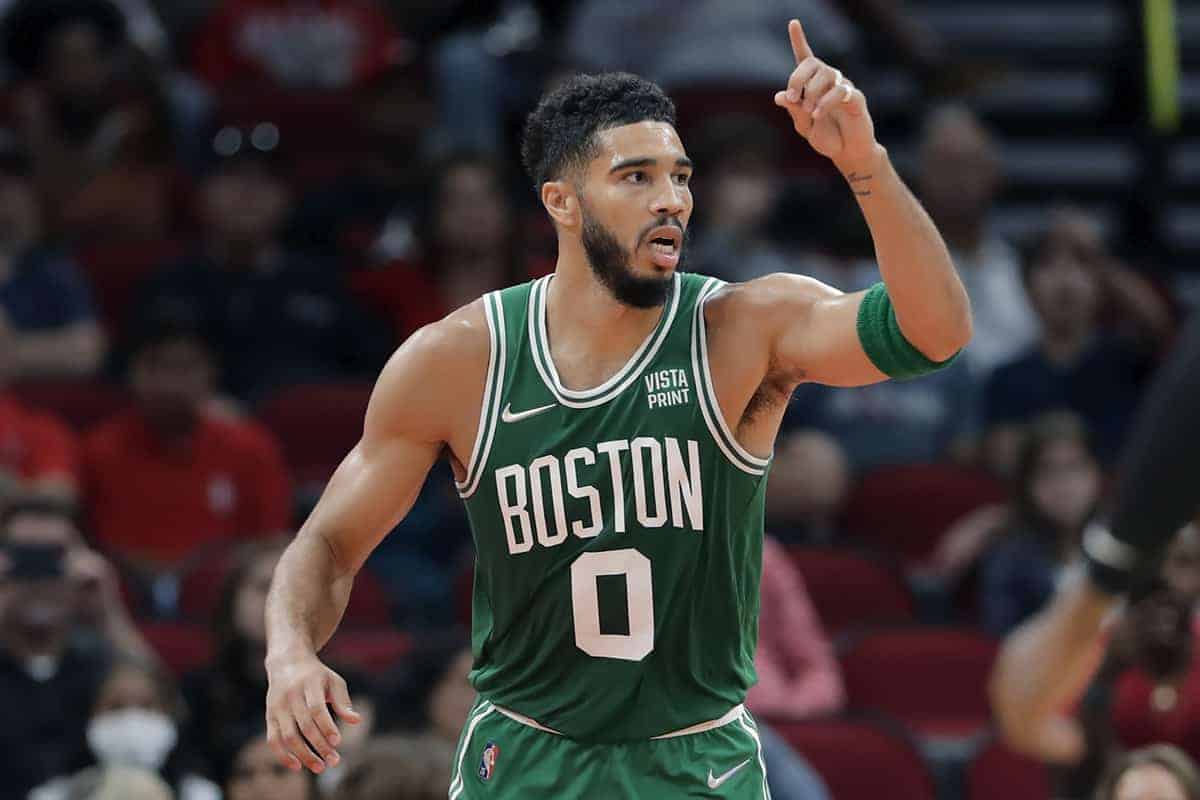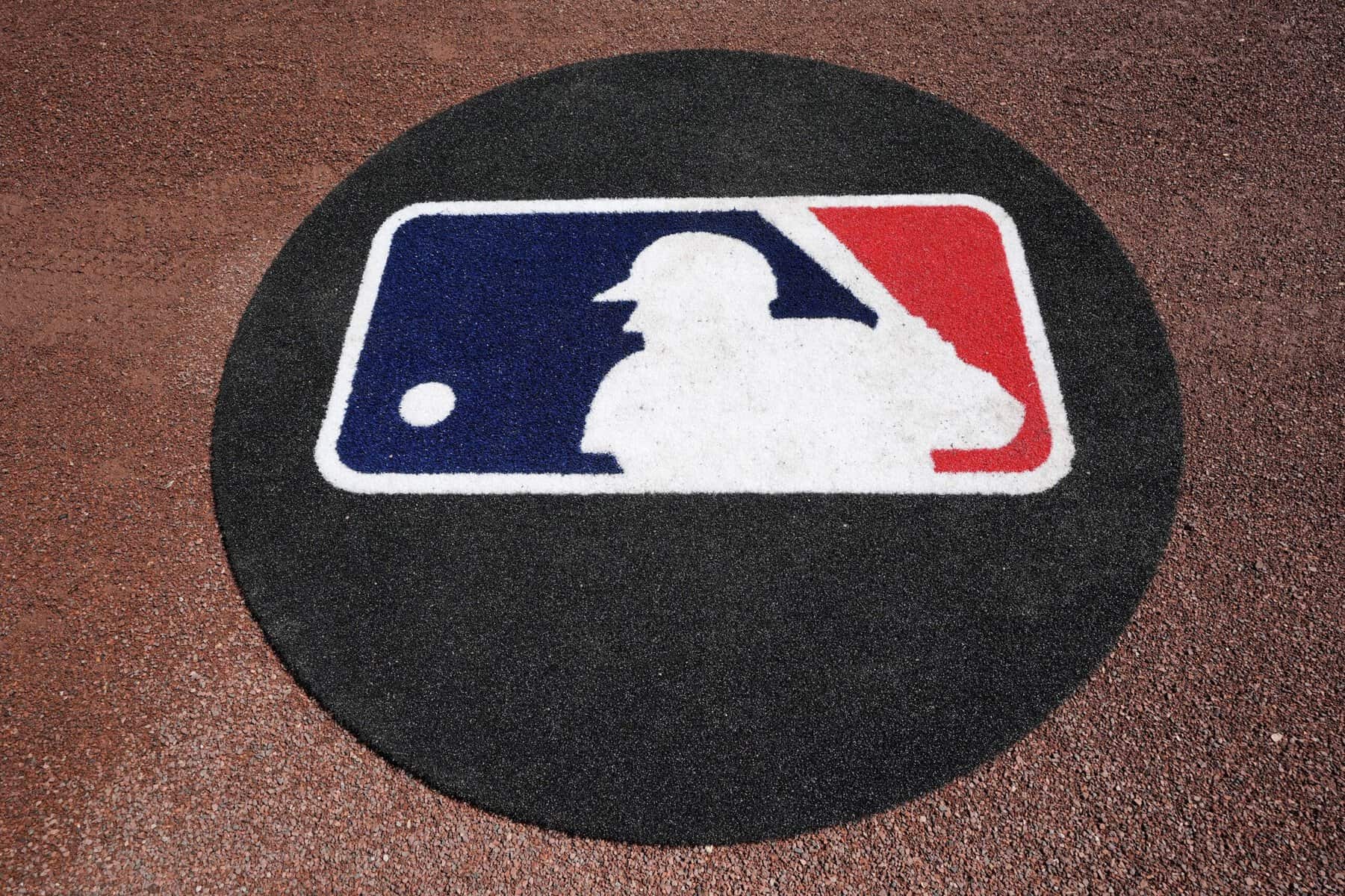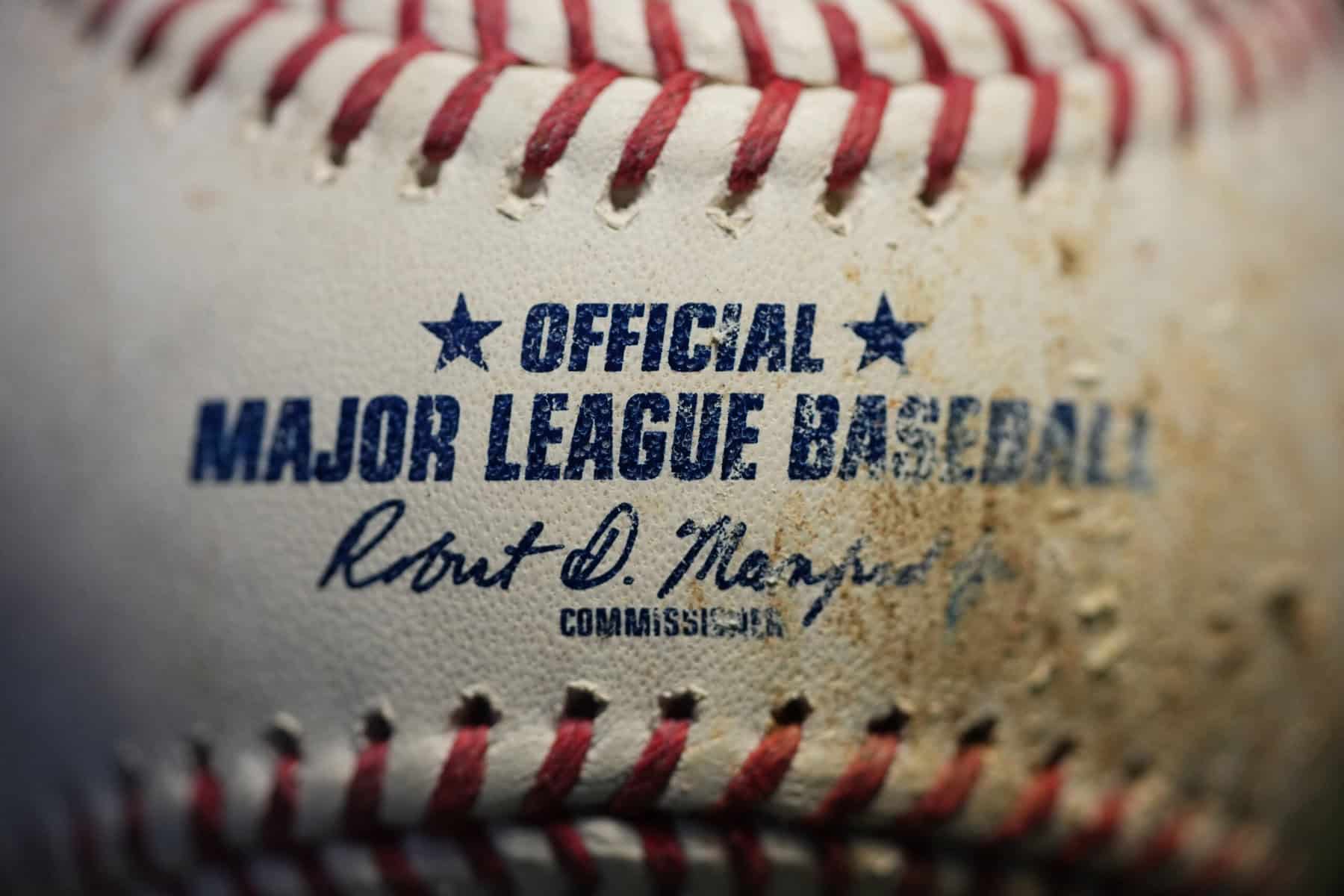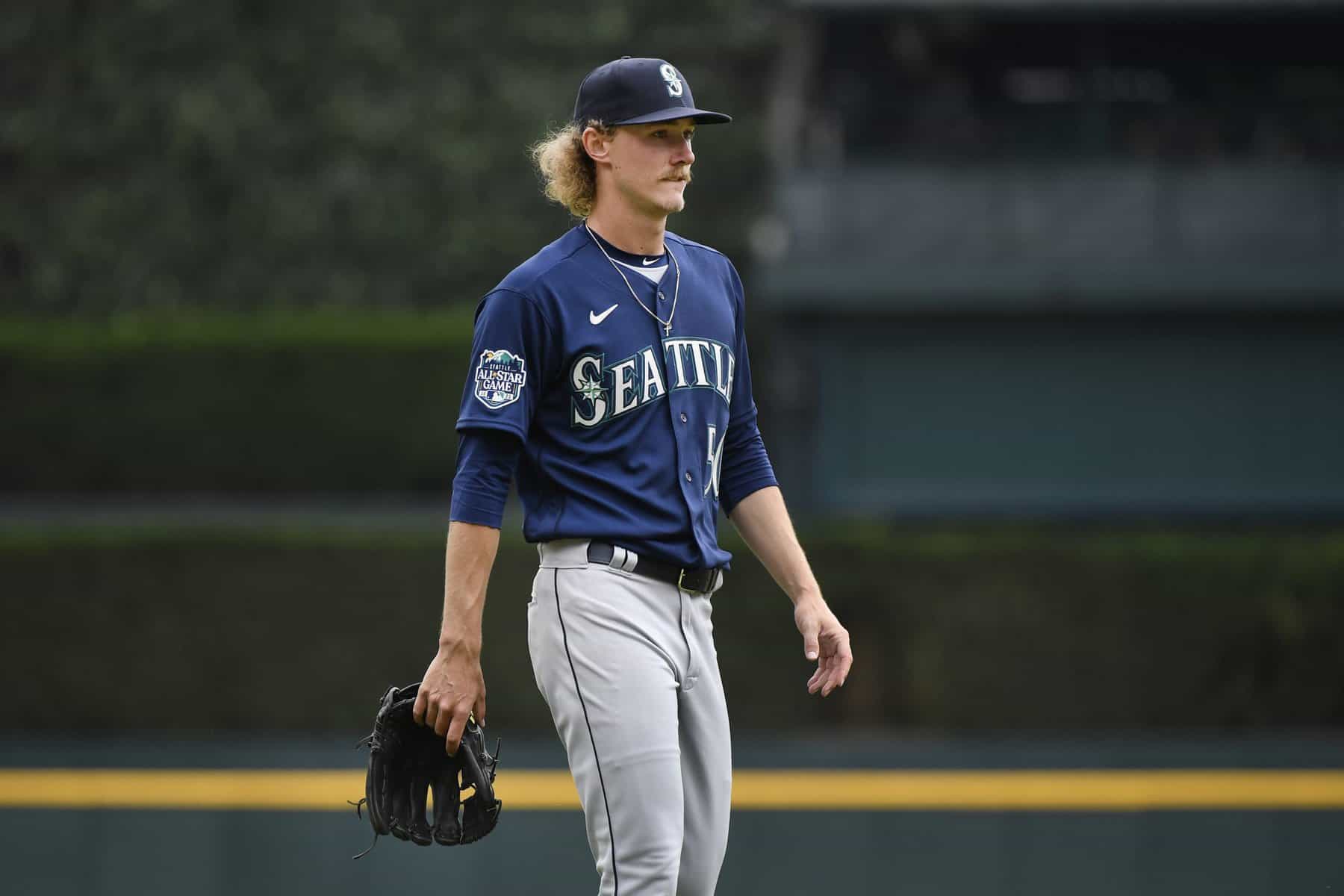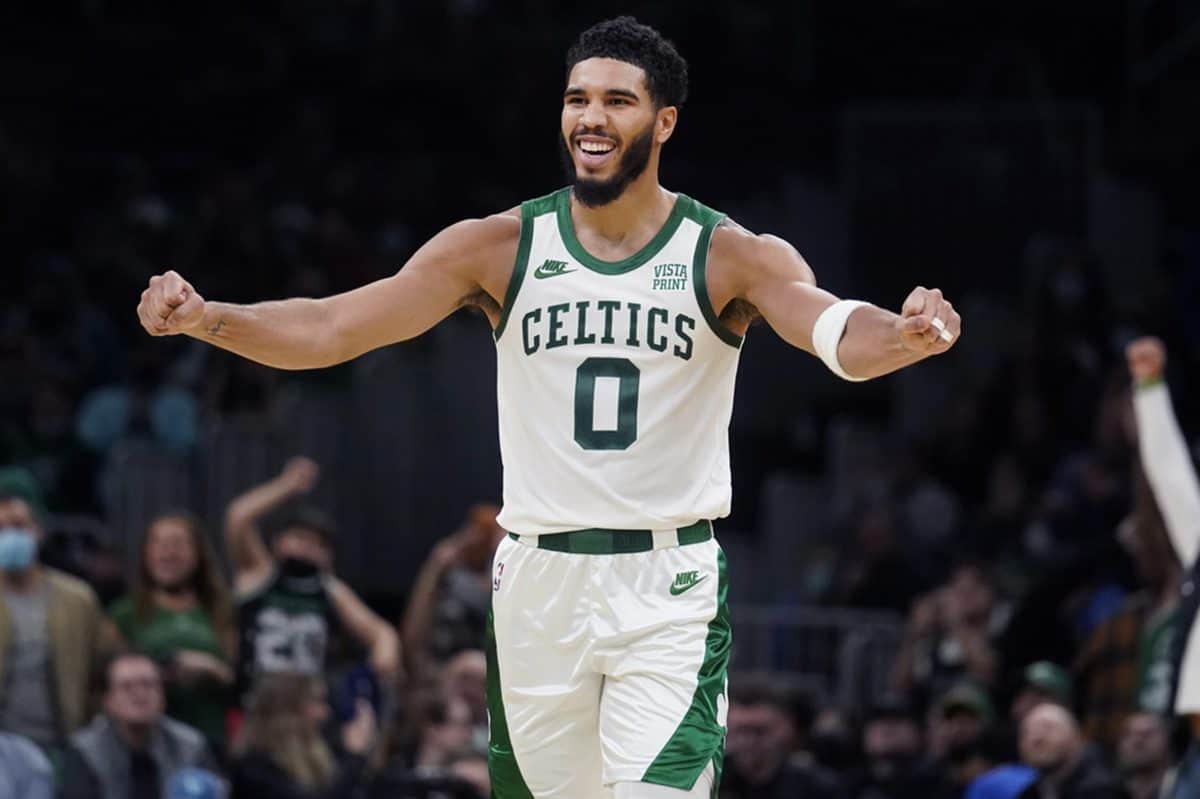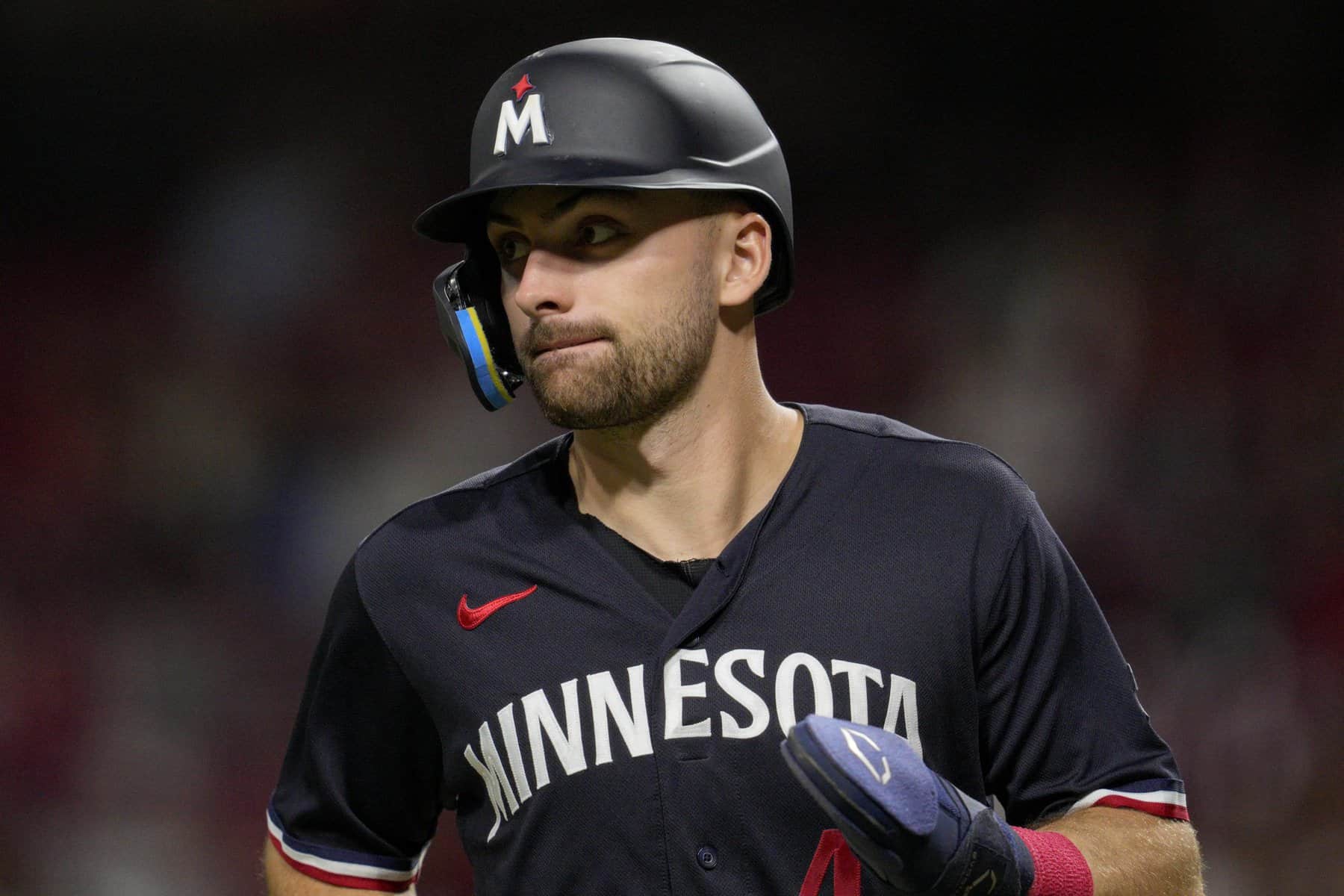Week 8 action kicks off with a Thursday four-game slate, and DraftKings and FanDuel have great contests for these games. This college football DFS breakdown will look at both teams and provide information about each skill position player of note. Make sure to check out our projections, depth charts and datasheets for more information. With that said, let’s dive into the first iteration of the Week 8 CFB DFS picks for Thursday’s matchup.
College Football DFS: Week 8 Thursday CFB Picks
Tulane vs. SMU
Tulane (27.75 Implied Total)
Plays/Game – 73 (27th)
Pass Rate – 54.25% (42nd)
Tulane enters this game with a 1-5 record and their lone win coming against Morgan State. However, they have played a difficult slate of opponents, including Oklahoma, Ole Miss, UAB, East Carolina and Houston. Unlike last year, Tulane is playing much faster and pass heavy to start the year. This is partially due to negative game script, but expect the same approach here against a high-powered SMU offense.
Tulane’s quarterback is dual threat Michael Pratt ($7,300). While Pratt only has 69 cumulative yards on the year, his only negative yardage game of the year came last week against Houston. As a passer, Pratt averages 226 yards on 31.8 attempts per game. He is only completing 60.2% of his passes for 7.2 yards per attempt, but volume remains on his side. SMU plays middling defense , but Pratt should be forced to throw as a 14-point underdog.
Tulane continues to utilize a nasty running back by committee featuring Cameron Carroll ($5,500), Tyjae Spears ($4,100) and Ygenio Booker ($4,200). Carroll is the lead back of the group with 45.3 yards per game on 12 touches. He carried 13 times and saw five targets in Tulane’s most recent game, potentially separating himself from the group. He played 47 snaps for Booker’s 19 and Spears’ 12 in their Week 6 game against Houston. They touched the ball five and six times, respectively, last week. None of them are solid options as huge underdogs.
At receiver Duece Watts ($4,500) did not play in Tulane’s most recent game. He previously led the team in targets. His status has not been updated. Jaetavian Toles ($4,100) and Phat Watts ($3,300) remained in their primary roles, but Shae Wyatt ($4,300) benefitted the most from Watts’ absence. He saw eight targets. Toles and Plat average 35 and 22.8 yards per game apiece. Tight end Tyrick James ($5,400) leads the team with 57.2 yards receiving per game on 4.8 targets. He is the top option alongside Duece (when healthy). Will Wallace ($4,200) and Jha’Quan Jackson ($3,100) are rotational players.
SMU (41.75 Implied Total)
Plays/Game – 76.4 (26th)
Pass Rate – 50.26% (47th)
Conversely, SMU enters this game with an undefeated record, including wins over North Texas, Louisiana Tech, TCU, USF and Navy. Like last year, SMU is playing uptempo, pass heavy football.
Oklahoma transfer Tanner Mordecai ($10,000) has played excellent football for SMU to open the year. Mordecai has excellent mobility with 151 cumulative yards rushing on the year. He also benefits from a high-octane SMU offense as a passer. On the year, Mordecai averages 315.2 yards per game on 36.8 attempts. His efficiency has also been elite, completing 71% of his passes for 8.6 yards per attempt. With an immense team total, Mordecai is still a solid option at an elevated price tag. Tulane’s defense allows just over 295 yards passing per game.
At running back Ulysses Bentley ($6,000) has been nursing an injury. Bentley returned to action against Navy, but he only played a pair of snaps. Now with the bye in between games, Bentley should be healthier here. Bentley is an explosive back, averaging 82 rushing and 11.5 yards receiving per game on 13 touches. Tre Siggers ($4,900) will also be heavily involved. He averages 66.7 yards rushing himself on 15.8 touches per game. While less efficient, Siggers has functioned as the team’s lead back in Bentley’s stead. When both are healthy, they will form a near 50/50 committee. Tyler Lavine ($3,800) has been more active without Bentley, but he will likely see a role reduction with both healthy.
Danny Gray ($6,200) leads SMU with 78.2 yards receiving per game on 7.5 targets. He is the best price-adjusted option. Rashee Rice ($5,900) is the WR2 averaging 64.5 yards per game on 5.8 targets. Rice has taken on a larger role of late, seeing 21 combined targets over the last two weeks. Former alpha Reggie Roberson ($7,100) has taken a step back after multiple devastating injuries. He still averages 58.5 yards receiving per game on 5.7 targets. However, he is too expensive based on his current offensive role. He only has three more targets than tight end Grant Calcaterra ($4,900) on the year. Calcaterra averages 39 yards receiving per game on 5.2 targets. Jordan Kerley ($4,000) and Austin Upshaw ($3,600) will rotate into the offense, but they average 2.3 and 2.2 targets per game, respectively. This is a spot to take at least one, if not multiple pass catchers.
Florida Atlantic vs. Charlotte
Florida Atlantic (30.25 Implied Total)
Plays/Game – 72.8 (44th)
Pass Rate – 48.90% (58th)
Florida Atlantic has a 3-3 record with wins over Georgia Southern, Fordham and FIU. Their losses came against Florida, Air Force and UAB. Florida Atlantic has drastically increased their pass rate and slightly increased their pace from a season ago.
Florida Atlantic continues to use multiple quarterbacks. Miami transfer N’Kosi Perry ($6,500) plays the most, but Nick Tronti ($6,100) will siphon off a significant number of snaps. Both are somewhat mobile. Perry has 102 yards rushing to Tronti’s 48. Perry has also benefitted from Florida Atlantic’s increased tempo and pass rate. He averages 244.7 yards passing per game on 30.7 attempts. However, Perry has now been held below 30 pass attempts in two straight games. He is completing 60.4% of his passes for 8.1 yards per attempt. Tronti completes 61.9% of his passes for 6.5 yards per attempt. Perry is the better play here but reserved for GPPs.
Florida Atlantic is a disaster at running back. The Owls use four back consisting of Johnny Ford ($5,300), Malcolm Davidson ($3,000), Larry McCammon ($3,900) and James Charles ($3,500). Vert little separates this group, but Ford leads the team with 13.8 touches per game. He is also the preferred pass catcher with 12 targets on the season. Still, he only played 29 snaps to McCammon’s 23 in their most recent game. Charles, Davidson and even Kelvin Dean played 10, nine and six snaps. Unfortunately, this is not a backfield to target, even against Charlotte’s porous run defense.
The receiver rotation has only been slightly better for Florida Atlantic. LaJohntay Wester ($5,700) and Brandon Robinson ($3,900) are full time players for this offense, but the rest is a time share. Wester easily leads the team with 57.5 yards receiving per game on 7.7 targets. Robinson comes in with 37.8 yards per game on five targets. Their route rates are the only two above 70% on this team. Je’Quan Burton ($4,700), T.J. Chase ($4,000) and John Mitchell ($4,300) will play on a rotational basis. All three have route rates between 46% and 47%. Chase has the most attractive price, but Burton has been the most involved, averaging 5.5 targets per game over Florida Atlantic’s last four. Zaire Mitchell-Paden ($3,100) functions as a seldom targeted tight end. Outside of Wester, Robinson is the best price-adjusted option.
Charlotte (24.25 Implied Total)
Plays/Game – 67 (99th)
Pass Rate – 45.97% (78th)
Impressive to start the year, Charlotte is 4-2 with wins against Duke, Middle Tennessee State and FIU. Their only losses came at the hands of Georgia State and Illinois. Charlotte’s offense looks largely the same as 2020. Their plays per game are down from 72, but that has positively regressed in recent weeks.
Chris Reynolds ($8,000) is Charlotte’s veteran quarterback. Reynolds is a solid dual threat with 190 cumulative yards rushing on the year. Last year, he played an abbreviated season, but Reynolds previously rushed for 791 yards in 2019. As a passer, he averages 219.2 yards per game on 27 attempts. His efficiency is solid with a 65.2% completion percentage and 8.2 yards per attempt. While the team total is middling and the matchup is difficult, Reynolds’ dual-threat ability is still worth targeting in GPPs.
At running back Charlotte uses a two-man committee consisting of Shadrick Byrd ($4,600) and Calvin Camp ($4,500). Byrd averages 53.3 rushing and 15.8 yards receiving per game on 13.7 touches. Camp averages 54.7 rushing and 4.3 yards receiving on 11.2 touches per game. Florida Atlantic allows 237.4 yards rushing per game, so taking a shot on one of these players could make sense in the right construction.
At receiver Victor Tucker ($6,900) and Grant DuBose ($5,900) continue to trade off big games. Tucker currently holds a 44-39 target edge over DuBose. However, DuBose has a 463-432 yardage edge. DuBose is the better price-adjusted option this week. Elijah Spencer ($4,000) is the WR3, but his opportunity is often decreased by Charlotte’s usage of 12 personnel, featuring Taylor Thompson ($3,500) and Ryan Carriere ($3,200). Sticking with Tucker and DuBose makes the most sense here.
Louisiana vs. Arkansas State
Louisiana (41.5 Implied Total)
Plays/Game – 69.6 (69th)
Pass Rate – 44.83% (82nd)
After a loss to Texas in their debut, Louisiana has rattled off five straight wins, including marquee wins against South Alabama and Appalachian State. Louisiana is running roughly the same offense as last year, middling in both pace and pass rate. Arkansas State typically paces up opponents.
Louisiana will continue to use game-manager-plus Levi Lewis ($8,500) as quarterback. Lewis has solid mobility with 131 yards rushing on the year. As a passer, he only averages 217.7 per game on 29.2 attempts. He only completes 62.3% of his passes for 7.5 yards per attempt, but those number should skyrocket against a horrific Arkansas State defense. Lewis is a middling option here.
Louisiana uses a three-man committee at running back, featuring Chris Smith ($6,600), Montrell Johnson ($5,800) and Emani Bailey ($4,400). Smith averages 12.2 touches per game and 52.2 yards rushing. Johnson averages 11.3 touches per game and 56 yards rushing, making him slightly more efficient. Bailey averages eight touches per game, but all three are viable against and Arkansas State defense allowing over 300 yards rushing per game.
At receiver Louisiana uses a nasty rotation. Kyren Lacy ($5,200) leads the team with a 47% route rate, but he only has 20 targets on the year. Dontae Fleming ($3,800) leads the team with 176 yards and 21 targets but participates in just 41% of routes. Josh Stephens ($4,100), Peter LeBlanc ($3,500), Jalen Williams ($3,200), Michael Jefferson ($5,000) and Errol Rogers ($3,400) are all involved to varying degrees. If forced to throw a dart, LeBlanc would be the preferred option.
Arkansas State (24.5 Implied Total)
Plays/Game – 79.6 (10th)
Pass Rate – 69.10% (3rd)
Arkansas State enters this game with a 1-5 record and their lone win coming against Central Arkansas. The Red Wolves kept Memphis and Tulsa to single digits but have otherwise been blown out of every game this year. They also have the worst defense in all of college football. This Arkansas State team has been forced to play fast and pass heavy due to negative game script.
James Blackman is out for Arkansas State, consolidating volume for Layne Hatcher ($5,000). Hatcher is somewhat mobile with 47 yards rushing on the year. He only averages 163.4 per game through the air, but that is due to Arkansas State’s quarterback platoon. Neither quarterback has been particularly efficient, but Hatcher completes 57.4% of his passes for 7.5 yards per attempt. He is viable as a punt play, but Louisiana plays stiff defense.
At running back Alan Lamar ($4,000) missed Arkansas State’s most recent game and his status has not been updated. Without him, Arkansas State consolidated a lot of their opportunity in Lincoln Pare ($4,300). Pare only touched the ball eight times, but he played 40 snaps to Johnnie Lang‘s ($3,400) 11 and Marcel Murray‘s ($3,700) 13. This team seldom uses the running back position but Pare could be an option in large field GPPs, if Lamar sits again.
At receiver Arkansas State is a high-volume passing attack to take shots on. Corey Rucker ($6,700) is the WR1, averaging 83.8 yards receiving per game on 8.8 targets. Te’Vailance Hunt ($5,600) appears to have emerged as the WR2. He averages 73 yards receiving per game on eight targets. His increased role has come at the expense of Jeff Foreman ($4,800) Foreman still averages 60 yards per game, but his route rate has not eclipsed 50% in two straight games. Tight end Emmanual Stevenson ($3,200) only has one target in back-to-back games, but even his route rate is higher than Foreman’s. Dahu Green ($4,200), Adam Jones ($3,300) and Reagan Ealy ($3,200) are playing rotational snaps.
San Jose State vs. UNLV
San Jose State (25.5 Implied Total)
Plays/Game – 65.8 (108th)
Pass Rate – 53.92% (28th)
After winning the Mountain West last year, San Jose State has a 3-4 record this year. Their only wins came against Southern Utah, Hawaii and New Mexico State. Impressively, they did play San Diego State to a 19-13 score, but ultimately lost. San Jose State will play pass heavy, but extremely slow.
Nick Starkel‘s status hasn’t been updated, but he continues to miss games. Nick Nash ($5,700) has taken over after previously being converted to wide receiver this year. Nash has solid mobility with 105 yards on the ground this year. He only completes 56% of his passes for 7.7 yards per attempt, but he has now rushed for at least 27 yards in three straight games. Nash’s upside comes from his legs here.
San Jose State’s backfield continues to narrow with Tyler Nevens ($5,100) playing an increased role. In a competitive game against San Diego State, Nevens handled 28 carries to Kairee Robinson‘s ($3,600) five. However, he still only out-snapped Robinson 46-31. Robinson plays a clear role as San Jose State’s receiving back. UNLV is worse on the ground, making Nevens a somewhat attractive play.
At receiver tight end Derrick Deese ($6,400) has hit his stride averaging eight targets pregame in San Jose State’s last three. He also leads the team with 437 yards receiving . The true top receiver is Isaiah Hamilton ($5,100), followed by Charles Ross ($3,500) and Jermaine Braddock ($4,300). Hamilton leads the group with 345 yards and 37 targets. However, Ross has 30 targets himself, to Braddock’s 25. All three are decent options here, but Ross has the most attractive price.
UNLV (21 Implied Total)
Plays/Game – 61.2 (128th)
Pass Rate – 48.04% (65th)
One of the few winless teams in college football, UNLV has played a brutally difficult slate of opponents. This schedule includes Arizona State, Iowa State, Fresno State, UTSA and Utah State. Their most recent game against Utah State came down to 4 points. Efficiency has been a major issue for UNLV, contributing to their 128th ranked pace of play. They enter the slate with the lowest implied team total as well.
Doug Brumfield ($5,300) continues to nurse injuries and looks unlikely to play here. Cameron Friel ($5,300) has filled in admirably in his place, but he also started the week with a limited practice. Friel looks much more likely to suit up, but both need to be monitored throughout the week. Friel is not mobile at all with negative-50 yards rushing on the year. However, he has been efficient as a passer, completing 61.6% of his passes for 7.2 yards per attempt. If Friel cannot go, Justin Rogers ($4,500) played above laughingstock Tate Martell ($5,100) last week. However, the backup is not clear.
While UNLV has been a mess for most of the year, Charles Williams ($8,200) has retained his bell-cow role. Williams averages 20.7 touches per game. On top of that, he averages 101.3 rushing and 17.3 yards receiving per game in this inefficient offense. He is the slate’s lone feature rusher.
At receiver Kyle Williams ($4,600) averages just 41.4 yards receiving per game on 7.4 targets as the team’s leader. Steve Jenkins ($4,000) is also heavily involved, but his 4.3 target per game equate to just 37 yards per game. Behind them, UNLV will use a rotation after Giovanni Fauolo and Tyleek Collins went down with injuries. Kilinahe Mendiola-Jensen ($3,700) has played an increased role, alongside Zyell Griffin ($4,400). Mendiola-Jensen averages six targets per game over UNLV’s last two. Shelton Zeon ($3,000) and Kaleo Ballungay ($3,200) will take over tight end. Williams and Jenkins are the best options here.
Thanks for reading to the end of this article! If you appreciate this free content and want to see more of it every day, you can help us out by sharing this article on social media!
[CFBPAGE]

